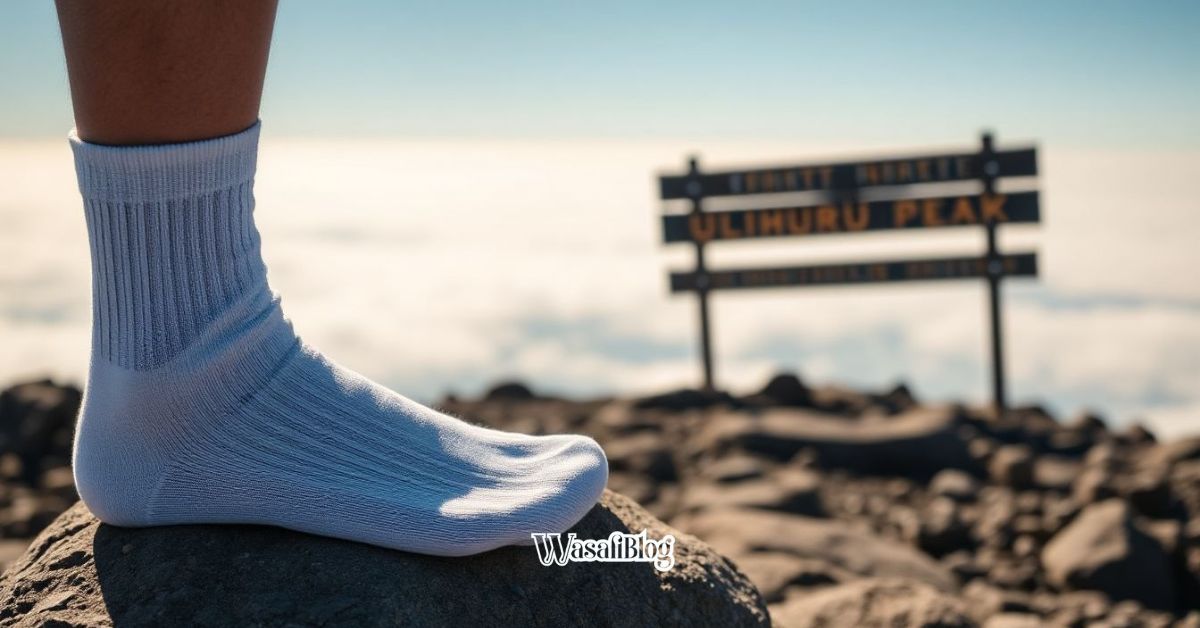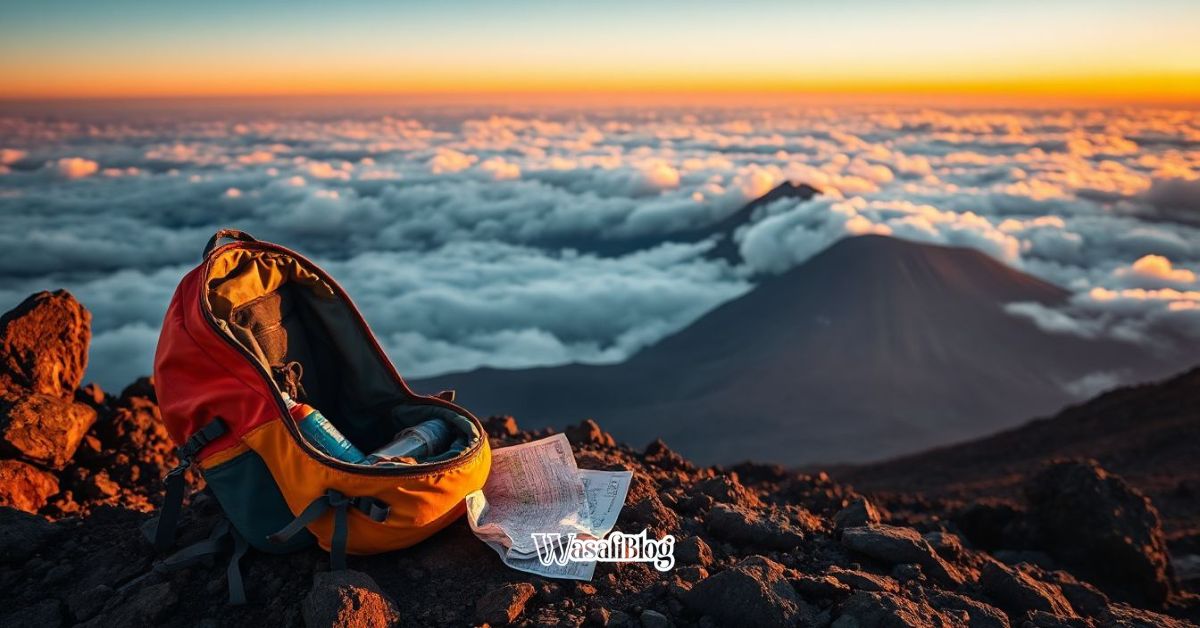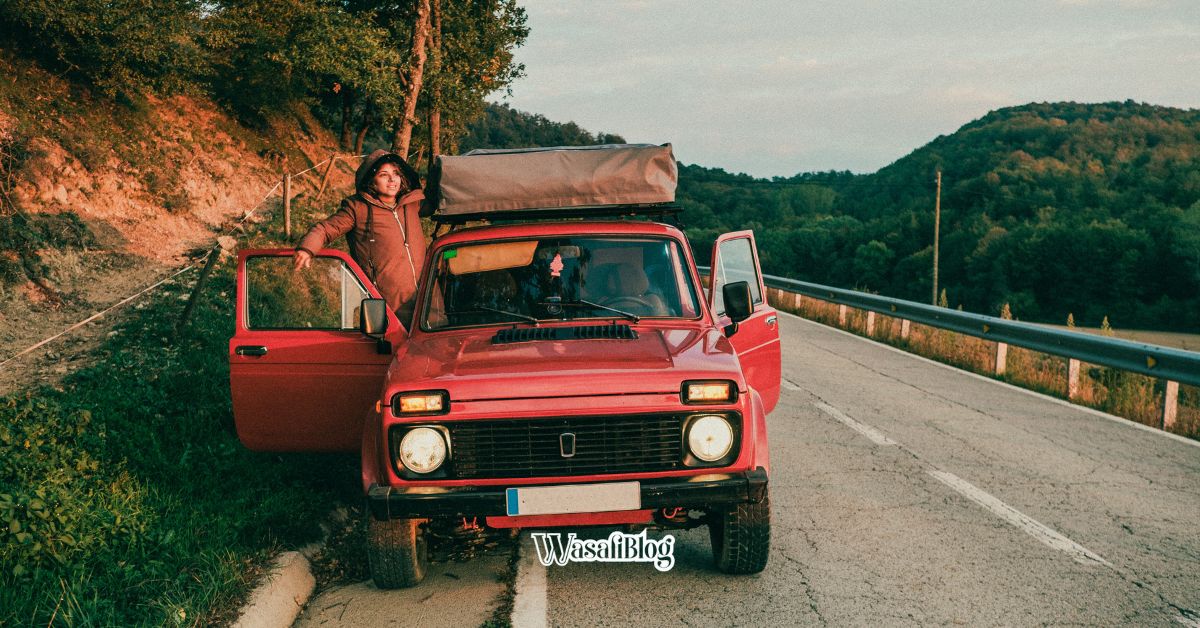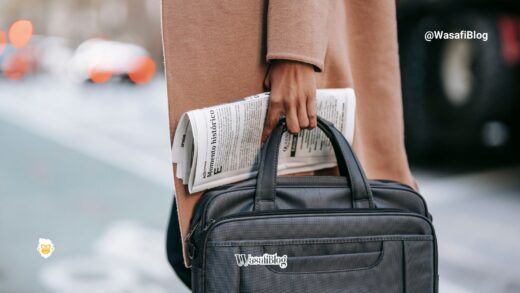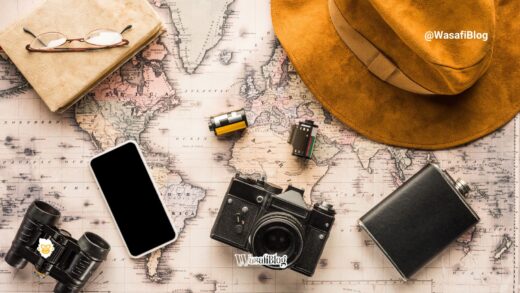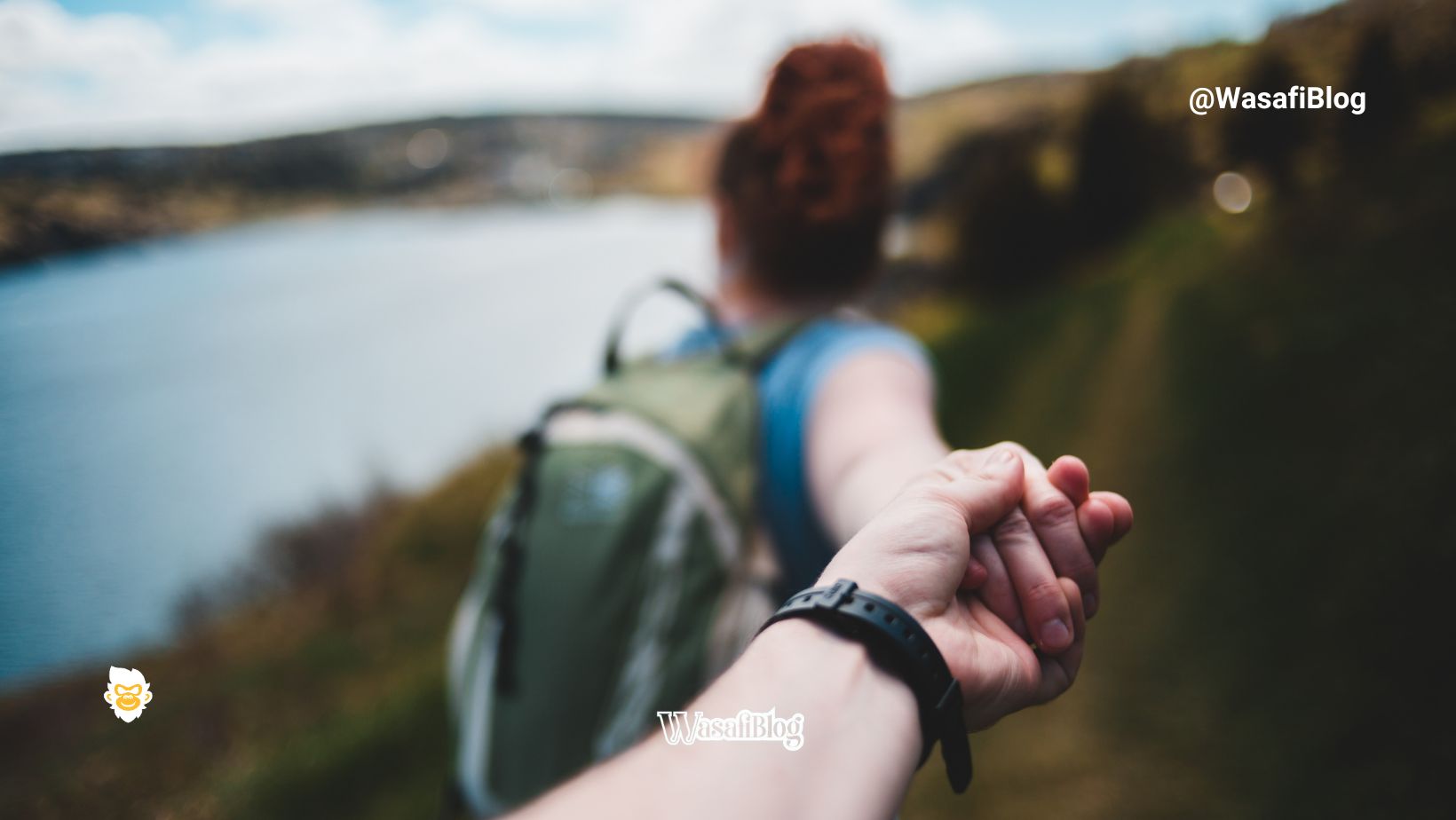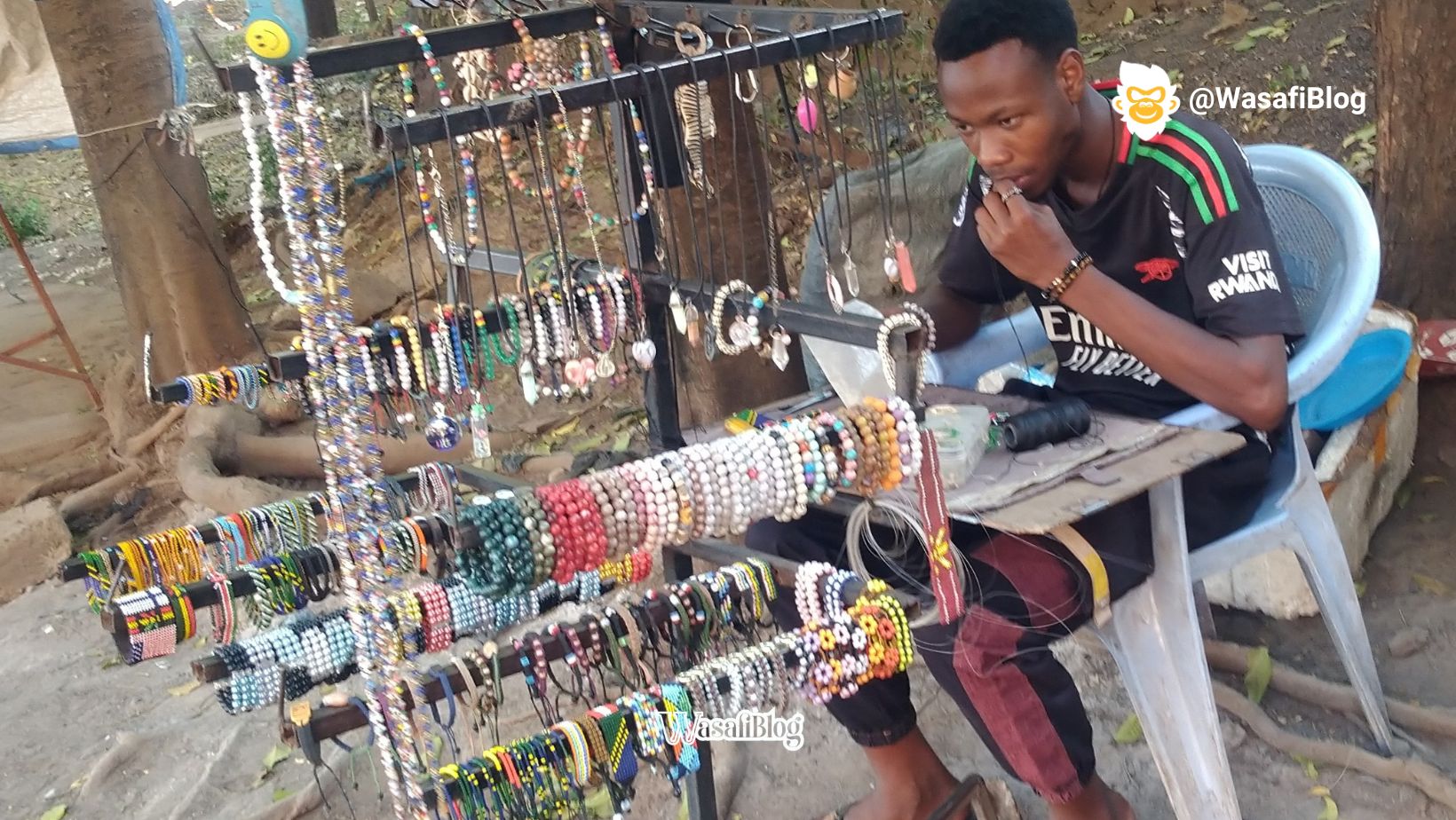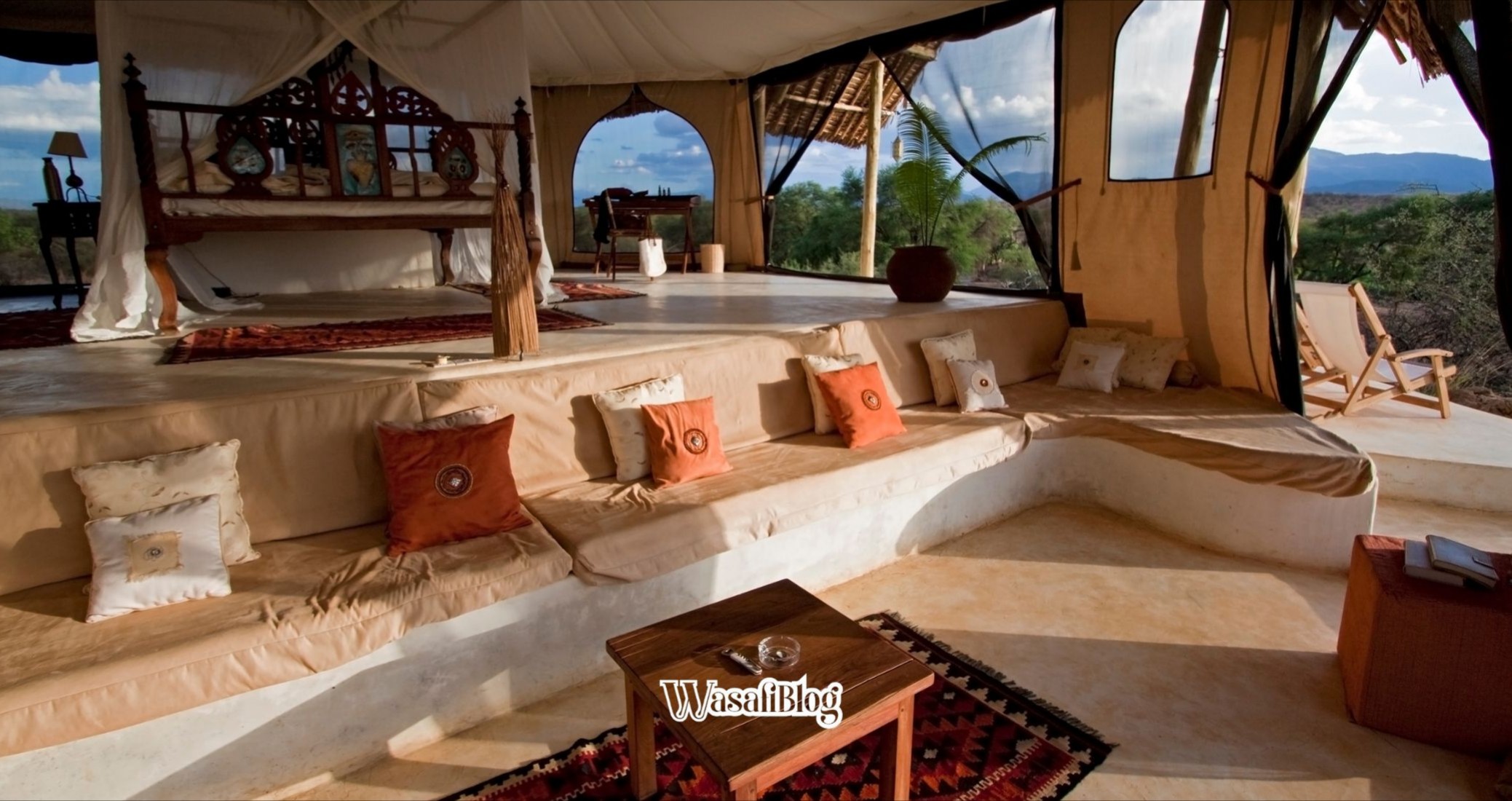The email confirmation has landed, the excitement is bubbling, and visions of acacia trees silhouetted against a Serengeti sunset are dancing in your head. A Tanzania safari isn’t just a vacation; it’s the adventure of a lifetime. You’re about to witness the Great Migration, spot the “Big Five,” and create memories that will last forever.
But before you’re face-to-face with a lion, you have to face a different beast: your suitcase.
Packing for a safari is unlike packing for any other trip. The unique environment, logistics, and activities require a specific approach. Getting it wrong can lead to some real frustrations on the ground. To ensure your African adventure is as smooth and spectacular as possible, we’ve put together a list of the most common Tanzania safari packing mistakes to avoid.
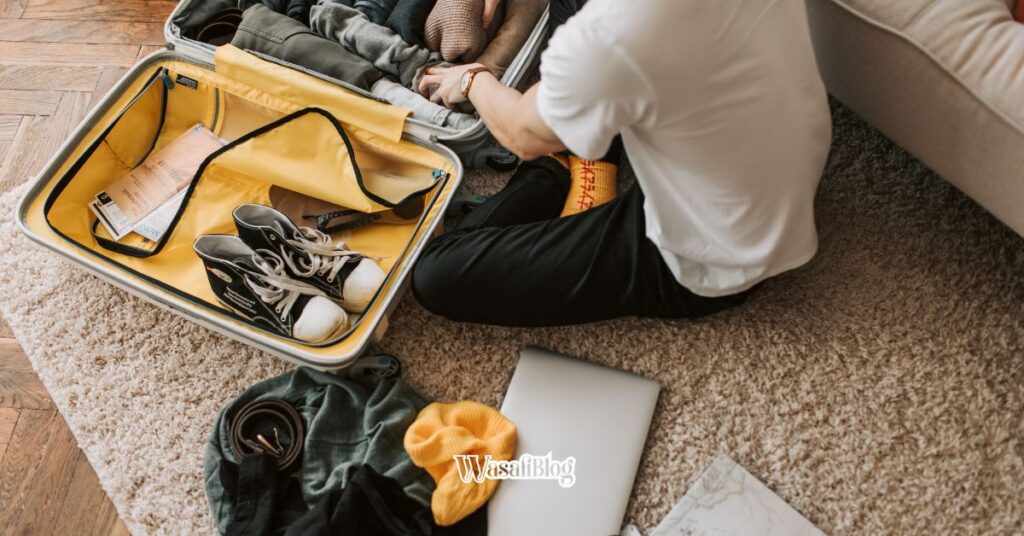
Let’s dive in and make sure your bag is perfectly prepped for the adventure ahead.
Mistake #1: The Hard-Sided Suitcase Saga
You might love your stylish, hard-shell suitcase with its four spinner wheels—it’s perfect for navigating airport terminals. For a Tanzania safari, however, it’s a logistical nightmare.
Why it’s a mistake: Many safari itineraries, especially those heading to remote parks like the Serengeti or Ruaha, involve flights on small bush planes (think Cessna Caravans). These planes have strict luggage restrictions, not just for weight (usually 15 kg / 33 lbs per person, including carry-on!), but for shape and type. The luggage holds are small and irregularly shaped, meaning soft-sided bags are the only things that can be squeezed in.
The Fix: Ditch the roller bag and opt for a soft-sided duffel bag or a frameless backpack. This is non-negotiable. A soft bag can be molded to fit into tight spaces, ensuring your luggage makes the flight with you. Trust us, watching your bag get left on the tarmac is not how you want to start your safari.
Mistake #2: Dressing for a Fashion Show (in Bright Colors)
It’s tempting to pack your favorite vibrant outfits for those Instagram-worthy photos. But on safari, blending in is the name of the game.
Why it’s a mistake: Animals have keen eyesight. Bright colors like red, yellow, or even stark white can stand out unnaturally in the bush, potentially scaring wildlife away before you even get a good look. On the other end of the spectrum, very dark colors like navy blue and black are known to attract tsetse flies, whose bites are painful and best avoided. Also, in many African countries, camouflage patterns are reserved for the military and are illegal for civilians to wear.
The Fix: Embrace the safari-chic aesthetic with neutral, earth-toned clothing. Think khaki, beige, olive green, and light brown. These colors help you blend into the landscape, making you less conspicuous to the animals you’re there to see. This is one of the most crucial safari packing tips!
Mistake #3: Forgetting That Africa Gets Cold
When you picture Tanzania, you probably imagine the hot, equatorial sun beating down. And you’re not wrong—midday can be very warm. But many travelers are shocked by how chilly it can get.
Why it’s a mistake: Early morning game drives, often starting before sunrise, are cold. You’ll be in an open-sided vehicle with the wind whipping past you as you search for nocturnal predators finishing their hunts. Similarly, evenings at the lodge or campsite can be quite cool, especially at higher elevations like the Ngorongoro Crater rim. Packing only shorts and t-shirts is a classic rookie packing mistake.
The Fix: Layers are your best friend. Your Tanzania safari packing list must include:
- A warm fleece or mid-weight jacket.
- A windbreaker.
- Long-sleeved shirts and long trousers.
- A beanie and a scarf (or a multi-purpose buff).
You can peel off layers as the day heats up and put them back on as the sun goes down, ensuring you’re comfortable at all times.
Mistake #4: Bringing the Wrong (or Too Many) Shoes
You’re going to the African bush, so you need heavy-duty, ankle-high hiking boots, right? Not necessarily.
Why it’s a mistake: Unless your itinerary includes serious trekking or a walking safari, you’ll spend most of your time in a safari vehicle. Heavy hiking boots that need breaking in are often overkill. They’re bulky, heavy, and take up precious luggage space and weight allowance.
The Fix: Comfort is key. A sturdy pair of closed-toe walking shoes or trail runners is perfect for 95% of safari activities. They’re comfortable for long days in the car and sturdy enough for hopping out for a bush lunch or a short walk. Pack a second, more casual pair of shoes like sandals or flip-flops for relaxing at the lodge in the evening. Two pairs are all you need.
Mistake #5: Underestimating Your Power Needs
Between your camera, phone, e-reader, and other gadgets, you’ll have a few things that need charging. Assuming you can plug in whenever you want is a common oversight.
Why it’s a mistake: Many safari camps and lodges, especially those in remote areas, run on generators or solar power. This means electricity might only be available for a few hours each day, and often only in the main lounge area, not in your tent or room. The last thing you want is a dead camera battery just as a leopard appears.
The Fix: A portable power bank is an absolute lifesaver. Charge it up whenever you get the chance, and you’ll have a backup to keep your phone and camera juiced up. Also, don’t forget a universal travel adapter. Tanzania uses the Type G (British-style three-pin) plug, so come prepared.
Mistake #6: Skimping on the Small Essentials
It’s easy to focus on clothes and gear and forget the small items that can make a huge difference to your comfort and health.
Why it’s a mistake: The African sun is powerful, insects are a reality, and the dusty roads can irritate eyes and throats. Not being prepared for these minor challenges can put a damper on your experience. Relying on your lodge to have everything you need is a gamble.
The Fix: Create a small “safari survival kit.” This should include:
- High-SPF Sunscreen: At least SPF 30+.
- Insect Repellent: Choose one with DEET for maximum effectiveness against mosquitoes.
- Basic First-Aid Kit: Band-aids, antiseptic wipes, pain relievers, antihistamines, and any personal medications.
- Lip Balm with SPF.
- Sunglasses and a Wide-Brimmed Hat.
Having these on hand means you’re ready for whatever the day throws at you.
Mistake #7: Leaving the Binoculars at Home
Your guide will have a pair of binoculars, and your phone has a zoom lens. That’s enough, isn’t it? No! This is one of the biggest safari mistakes to avoid.
Why it’s a mistake: A safari is all about the details—the intricate patterns on a giraffe’s coat, the intense gaze of a distant eagle, the twitch of a lion’s ear. Your phone’s digital zoom will produce grainy, unsatisfying images. And constantly asking to borrow the guide’s binoculars means you’ll miss fleeting moments while you wait your turn.
The Fix: Invest in or borrow a decent pair of binoculars (8×42 or 10×42 are great for safaris). Having your own pair means you can instantly zoom in on a colorful Lilac-breasted Roller or get a closer look at the leopard hiding in a sausage tree. It transforms your wildlife viewing from a passive experience to an active, immersive one.
A little preparation goes a long way in crafting the perfect Tanzanian safari. By avoiding these seven common packing mistakes, you’ll set yourself up for a comfortable, stress-free adventure, allowing you to focus on the magic of the moment.
What are your top safari packing tips or any packing mistakes you’ve learned from? Share them in the comments below!

